Transversus Thoracis Muscle
Introduction
The transversus thoracis is a thin, flat muscle on the inner surface of the front chest wall. It extends from the lower sternum and xiphoid process to the inner surfaces of ribs 2–6. Its main function is to assist in forced expiration by helping to depress the ribs, thereby reducing the volume of the thoracic cavity.
Together with the intercostals, subcostals, levatores costarum, and serratus posterior muscles, it is a member of the intrinsic muscles of the chest wall. The transversus thoracis is divided into many slips that extend from the xiphoid process of the sternum and the body in the direction of the costal cartilages of ribs two through six.
The transversus thoracis is innervated by the nearby intercostal nerves, much as the rest of the intrinsic chest muscles (levatores costarum excepted). Similar to all of these muscles, the transversus thoracis aids in supporting the thoracic cage during breathing and moving the ribs during forced breathing.
Structure
Origin
The inferior third of the posterior side of the sternum’s body, the posterior surface of the xiphoid process, and the sternal ends of the costal cartilages of ribs 4–7 are the three locations from which the transversus thoracis muscle originates.
Insertion
Its fibres generate four to five slips on either side of the sternum as they diverge and go superolaterally. The inner sides of the costal cartilages of ribs 2–6 are where the muscle slips serially insert.
The transversus abdominis muscle and the inferiormost transversus thoracis fibres are connected in the horizontal plane. The superiormost fibers lie almost vertically, whereas the intermediate fibers run obliquely in a superolateral direction.
Blood Supply
The internal thoracic artery, a branch of the subclavian artery, supplies blood to the transversus thoracis by its sternal branches.
Nerve Supply
Intercostal nerves.
Functions
An accessory respiratory muscle that contracts during forced expiration is the transversus thoracis. During forced expiration, it pulls ribs 2–6 in the direction of the sternum, causing those ribs to become depressed. Consequently, the anteroposterior diameter of the thoracic cavity is decreased.
In addition, the transversus thoracis prevents the chest wall from moving paradoxically during inspiration by stiffening the thoracic wall.
Relations
Deep within the middle of the thoracic cage, the transversus thoracis forms the anterior wall of the anterior mediastinum. Direct contact exists between the upper border of the transversus abdominis and the inferior border of the transversus thoracis. The superior epigastric vein and artery are located in front of both muscles.
Innervation
The second to fifth thoracic intercostal nerves innervate the transversus thoracis. These nerves are spinal nerves T2- T6’s anterior rami.
Clinical Importance
Because it is directly next to the internal thoracic artery, sometimes referred to as the internal mammary artery (IMA) in clinical terminology, the transversus thoracis is crucial in cardiac surgery. This artery is especially well suited as a transplant channel for a coronary artery bypass since it emerges from the subclavian artery and is located near the heart. Additionally, just one side has to be anastomosed.
Since this is often the simplest location to identify and dissect the artery, surgeons choose to begin harvesting the artery between the first rib and the transversus thoracis’ highest insertion tendon. Fibres of the transversus thoracis muscle cover the internal thoracic artery further caudally.
Transversus thoracis muscle pain
Transversus thoracis muscle pain is rare but can cause discomfort in the anterior chest, often described as a deep, aching sensation behind the sternum. It may be triggered by excessive coughing, heavy breathing, or chest strain and can mimic symptoms of costochondritis or cardiac issues, making diagnosis challenging.
Treatment
Stretching Exercises
Chest Wall Stretch
- Place your palm shoulder-high against a wall or doorway while you stand close by.
- To extend your ribs and chest, turn your body away from your arm.
- hold for 20 to 30 seconds.
- Repeat 2 to 3 times.
Seated Forward Fold with Deep Breathing
- Sit with your legs crossed or outstretched.
- Breathe deeply and slowly to extend your rib cage as you lean forward and reach for your toes.
- Hold for 20–30 seconds, then do it two or three times.
Thoracic Extension Stretch on Foam Roller
- Place a foam roller beneath your upper back and lie down.
- Raise your arms over your head and open your chest.
- Hold for 20–30 seconds, then do it two or three times.
Strengthening Exercises
Diaphragmatic Breathing with Resistance
- While lying down, place a weight on your chest, such as a book or light plate.
- Exhale gently after taking a deep breath that causes your ribcage to expand.
- Take ten deep breaths in three sets.
Cable or Band Chest Pulldown
- Attach the resistance band to a above point.
- As you exhale, pull the band down towards your lower ribs.
- Do 12 repetitions in 3 sets.
Push-Up with Controlled Exhalation
- Focus on releasing your breath firmly as you push up during a gradual push-up.
- Make use of your chest and ribs.
- Do 10–12 repetitions in 3 sets.
FAQs
What are the 5 thoracic muscles?
The five muscles that make up the thoracic wall are the subcostalis, transversus thoracis, innermost intercostal muscles, internal intercostal muscles, and external intercostal muscles.
How to stretch the transversus thoracis?
Clasp your arms over your chest while seated on a chair. Rotate your upper trunk in the other direction as you push your shoulder down. As you perform the exercise, completely extend your upper trunk and allow your eyes to follow the motion. Repeat five times.
What is the transversus thoracis?
The muscle known as transversus thoracis (also known as triangularis sternae or sternocostalis) is located on the inside of the anterior chest wall. It is a member of the chest wall’s intrinsic muscles, which also include the serratus posterior, levatores costarum, intercostals, and subcostals.
What exercises are good for thoracic pain?
Put your hands on your shoulders and fold your arms over your chest. Make little motions over the fascia roller and roll back a few times to stretch yourself. For a more erect posture, this thoracic spine exercise helps mobilise the extension of your thoracic spine.
What is the best treatment for thoracic pain?
How To Treat Thoracic Back Pain
medicine. Thoracic back discomfort can be somewhat relieved by medications such as topical creams, anti-inflammatory medications, and opioids.
Physical Therapy.
Self-care home remedies.
Adjusting your sleeping position.
Stretching and exercise.
Developing proper posture.
Surgery.
References
- Transversus thoracis muscle. (2023, November 3). Kenhub. https://www.kenhub.com/en/library/anatomy/transversus-thoracis-muscle
- Wikipedia contributors. (2024k, December 18). Transversus thoracis muscle. Wikipedia. https://en.wikipedia.org/wiki/Transversus_thoracis_muscle
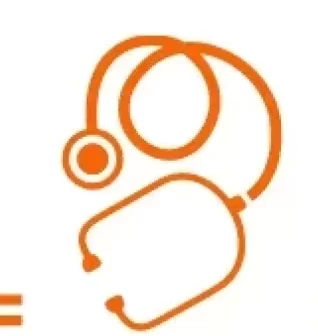
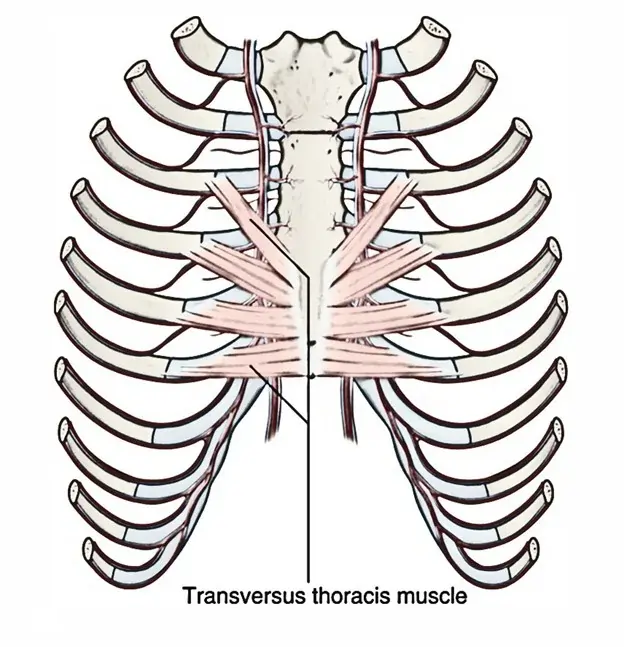
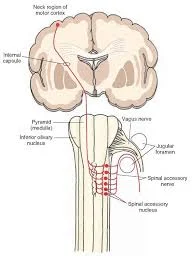
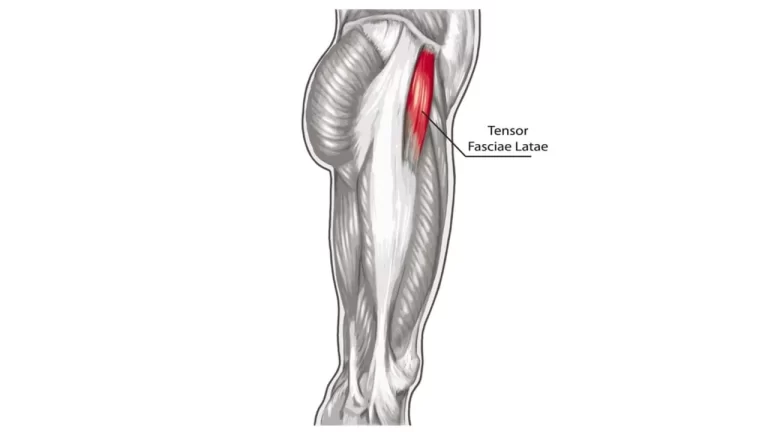
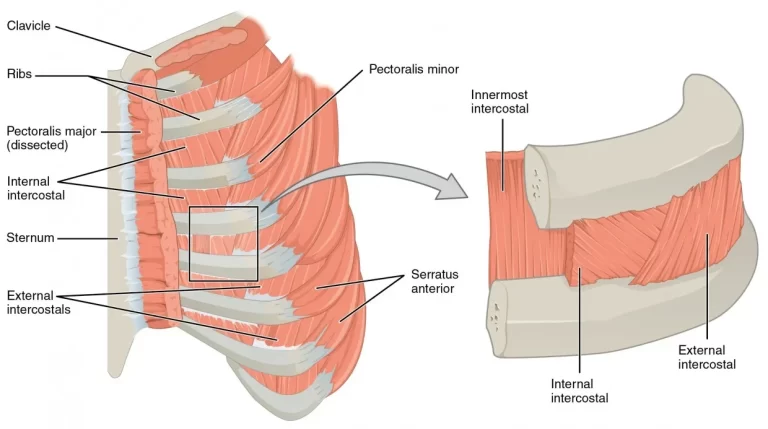
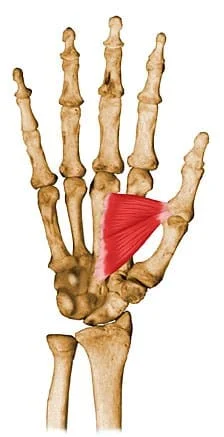
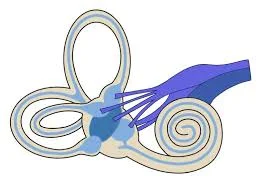
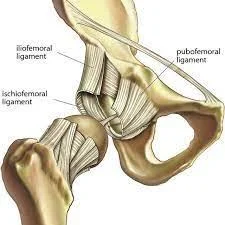
One Comment